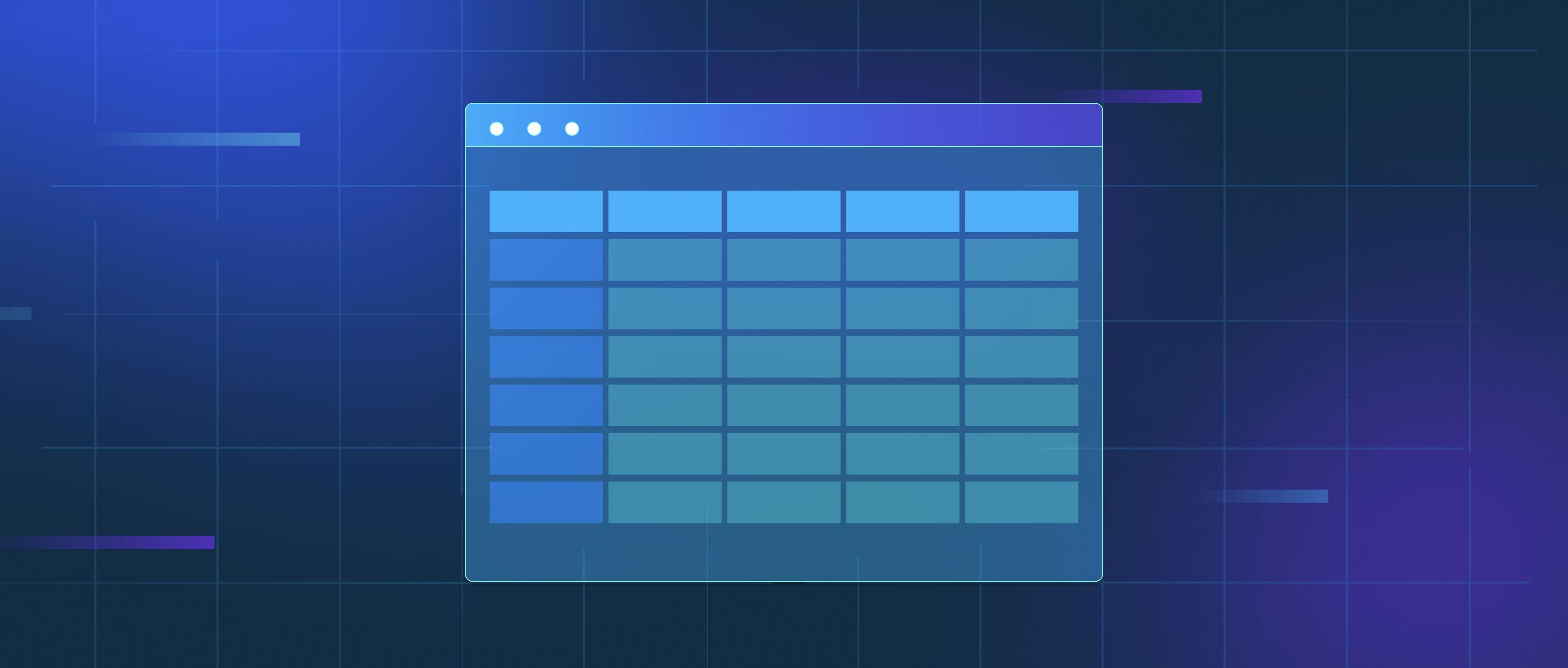Hierarchical time series forecasting is a method used to predict future values in a dataset that is structured in a hierarchical fashion. This means that the data can be organized in multiple levels or categories, where each level represents a different aggregation of the data. For example, a company might have sales data organized by region, country, and then by individual stores within those regions. Each level in this hierarchy can provide insights at different tiers, enabling more granular forecasting while also allowing for broader trend analysis across all levels.
At the top level, you might forecast total sales for the entire company over a specific period. Moving down the hierarchy, you can break that down further into forecasts for each region, and then further into forecasts for each country within those regions. Forecasts can be useful on multiple levels: a regional manager might need to know total sales for their area, while a store manager might be interested in predicting sales specifically for their location. This hierarchical structure allows stakeholders to understand performance at both a high level and at more detailed levels.
Another important aspect of hierarchical time series forecasting is that it often uses aggregation rules to combine insights from different levels. For instance, the total sales forecast for a company should ideally match the sum of the forecasts generated for all its individual stores. Techniques such as bottom-up, top-down, and middle-out approaches are common methods used to achieve this consistency across different hierarchy levels. By applying these principles effectively, businesses can enhance their forecasting accuracy and make more informed decisions based on a comprehensive understanding of their data structure.
